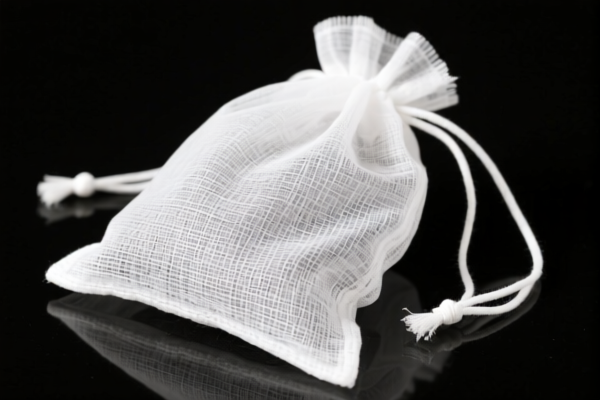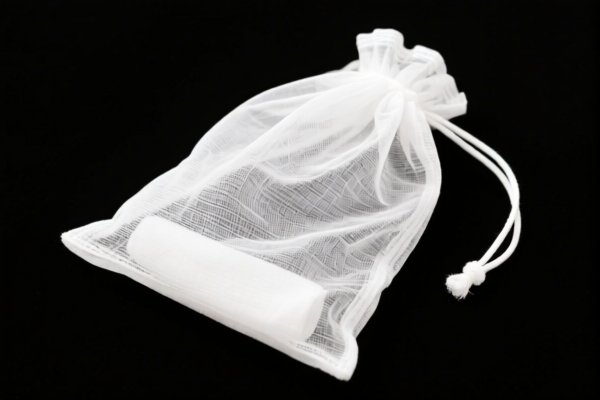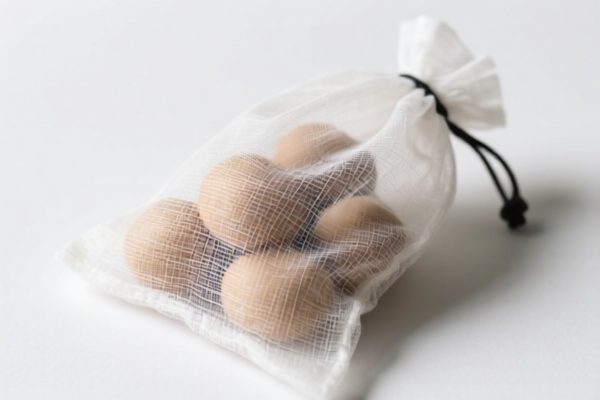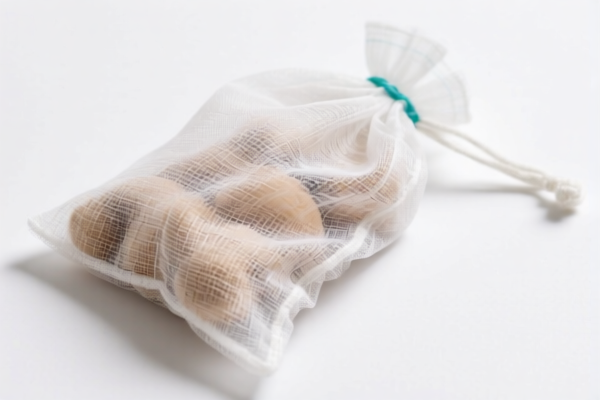| HS Code | Official Doc | Tariff Rate | Origin | Destination | Effective Date |
|---|---|---|---|---|---|
| 6001102000 | Doc | 72.2% | CN | US | 2025-05-12 |
| 6001106000 | Doc | 64.0% | CN | US | 2025-05-12 |
| 6006909000 | Doc | 55.0% | CN | US | 2025-05-12 |
| 6006100000 | Doc | 65.0% | CN | US | 2025-05-12 |
| 3005101000 | Doc | 30.0% | CN | US | 2025-05-12 |
| 3005105000 | Doc | 30.0% | CN | US | 2025-05-12 |
| 4818100000 | Doc | 55.0% | CN | US | 2025-05-12 |
| 4818900080 | Doc | 37.5% | CN | US | 2025-05-12 |
| 4823907000 | Doc | 55.0% | CN | US | 2025-05-12 |
| 4823901000 | Doc | 55.0% | CN | US | 2025-05-12 |




Gauze
Gauze is a loosely woven, highly porous fabric traditionally made from cotton, though modern gauze can also be produced from rayon, nylon, or a blend of materials. Its open weave structure is central to its function and applications.
Material:
- Cotton: The most common traditional material, providing softness and absorbency.
- Rayon: Offers increased absorbency compared to cotton, often used in medical applications.
- Nylon: Provides greater strength and durability, suitable for applications requiring repeated use or higher tensile strength.
- Blends: Combinations of cotton and synthetic fibers aim to balance properties like absorbency, strength, and cost.
Purpose:
Gauze serves primarily as a dressing material for wounds and injuries, but has broader applications due to its versatile properties.
Function:
- Absorption: The open weave allows for efficient absorption of fluids like blood, pus, and other wound exudates.
- Protection: Provides a barrier against contamination from external sources, reducing the risk of infection.
- Wound Coverage: Protects the wound site from friction and trauma.
- Hemostasis: Can contribute to stopping bleeding through gentle pressure and absorption.
- Packing: Used to fill wound cavities and promote healing.
Usage Scenarios:
- Medical: Wound care (cuts, abrasions, burns, post-operative sites), dressing ulcers, securing bandages, surgical applications.
- First Aid: Essential component of first aid kits for treating minor injuries.
- Veterinary: Wound care for animals.
- Crafts & Industrial: Used in plastering, cleaning, and various art projects.
- Food Service: Used for straining liquids or covering food.
Common Types:
- Rolled Gauze: The most common form, available in various widths and lengths for wrapping and securing dressings.
- Folded Gauze: Pre-folded pads for convenient application to wounds.
- Sterile Gauze: Processed to eliminate microorganisms, crucial for medical applications.
- Non-Sterile Gauze: Suitable for general cleaning or non-critical applications.
- Conforming Gauze: Designed to easily mold to body contours.
- Petrolatum Gauze: Impregnated with petroleum jelly to create a non-adherent dressing, minimizing pain during removal.
- Elastic Gauze (Ace Bandage): Contains elastic fibers for compression and support.
The declared goods are gauze, which is a thin, transparent fabric commonly used for medical dressings, wound care, and various sanitary purposes. It can also be found in household cleaning products.
The following HS codes are relevant to gauze, based on the provided reference material:
- 3005.10.10.00: Wadding, gauze, bandages and similar articles (for example, dressings, adhesive plasters, poultices), impregnated or coated with pharmaceutical substances or put up in forms or packings for retail sale for medical, surgical, dental or veterinary purposes: Adhesive dressings and other articles having an adhesive layer: Coated or impregnated with pharmaceutical substances. This code specifically covers gauze articles that are coated or impregnated with pharmaceutical substances and are packaged for medical use.
- 3005.10.50.00: Wadding, gauze, bandages and similar articles (for example, dressings, adhesive plasters, poultices), impregnated or coated with pharmaceutical substances or put up in forms or packings for retail sale for medical, surgical, dental or veterinary purposes: Adhesive dressings and other articles having an adhesive layer: Other. This code covers gauze articles that are adhesive but not coated or impregnated with pharmaceutical substances.
- 6006.90.90.00: Other knitted or crocheted fabrics: Other: Other. This code may apply to gauze if it is produced as a knitted or crocheted fabric and does not fall under other more specific classifications.
- 4818.10.00.00: Toilet paper and similar paper, cellulose wadding or webs of cellulose fibers, of a kind used for household or sanitary purposes, in rolls of a width not exceeding
36 cm , or cut to size or shape; handkerchiefs, cleansing tissues, towels, tablecloths, table napkins, bed sheets and similar household, sanitary or hospital articles, articles of apparel and clothing accessories, of paper pulp, paper, cellulose wadding or webs of cellulose fibers: Toilet paper. This code may apply if the gauze is made of cellulose wadding or webs of cellulose fibers and is used for household or sanitary purposes, specifically as toilet paper.
HS Code Breakdown (Examples):
- 3005.10.10.00:
- 30: Wadding, gauze, bandages, etc. (This chapter covers articles for medical, surgical, dental, or veterinary purposes).
- 05: Wadding, gauze, bandages.
- 10: Adhesive dressings and other articles having an adhesive layer.
- 10: Coated or impregnated with pharmaceutical substances.
- 6006.90.90.00:
- 60: Textiles fabrics.
- 06: Knitted or crocheted fabrics.
- 90: Other knitted or crocheted fabrics.
- 90: Other.
Important Note:
The applicable HS code will depend on the specific composition, intended use, and packaging of the gauze. If the gauze is impregnated or coated with pharmaceutical substances and is packaged for medical use, HS code 3005.10.10.00 is the most appropriate. If it is simply adhesive gauze without pharmaceutical substances, HS code 3005.10.50.00 would be used. If it is a knitted or crocheted fabric, HS code 6006.90.90.00 may apply.
Customer Reviews
This page is a lifesaver for anyone exporting plastic doors. The HS code and tariff info were exactly what I needed for my business paperwork.
The information is accurate, but the layout could be more user-friendly. I had to search for the HS code section a few times before I found it.
I found this page while researching export regulations for my plastic doors. The HS code explanation was spot-on and made everything so much clearer.
The info on the 5% tariff rate for the US was very helpful. It saved me time looking up the numbers elsewhere. Just wish there were more examples.
I was looking for information on exporting plastic doors, and this page had all the details I needed. Great job explaining the HS code and its relevance.